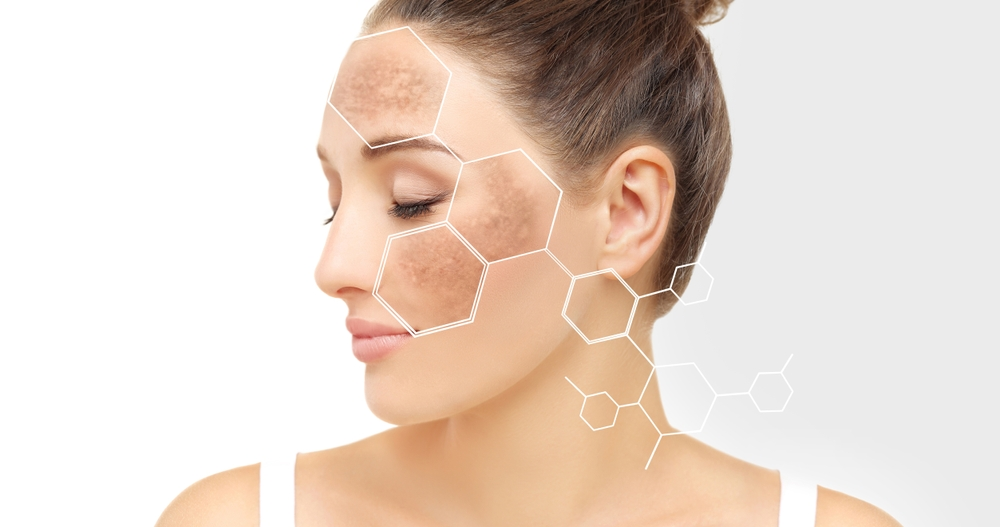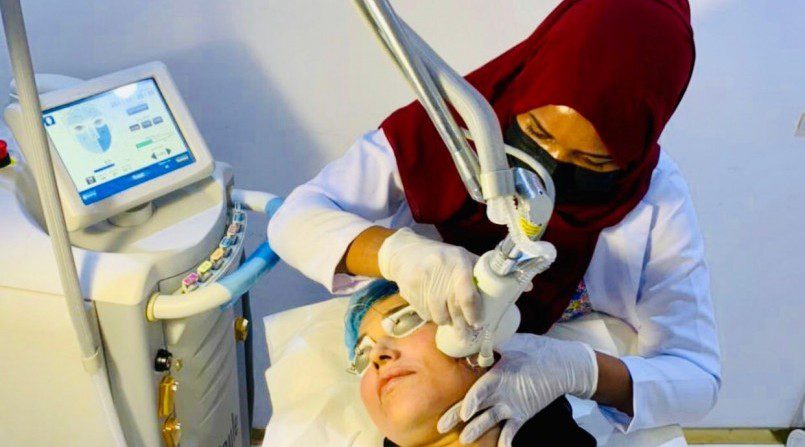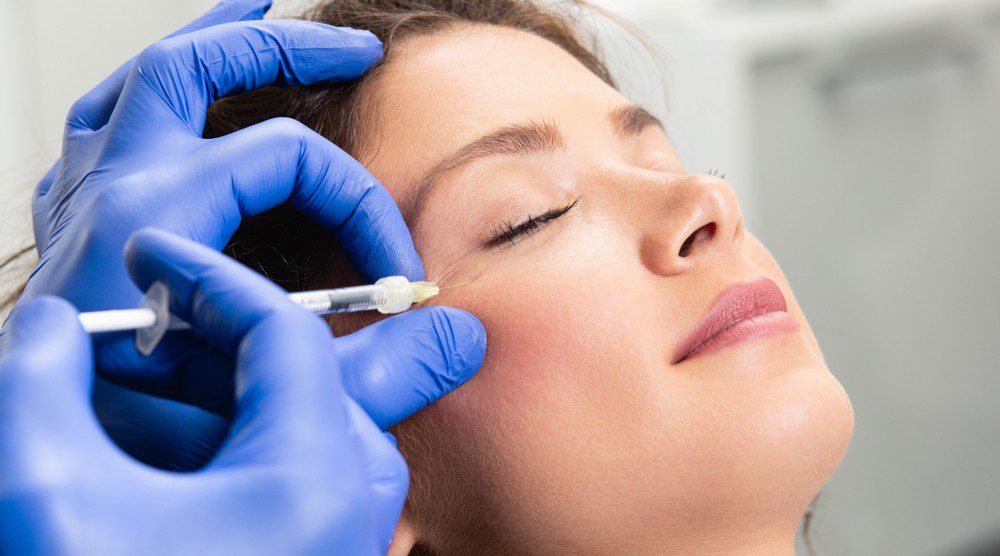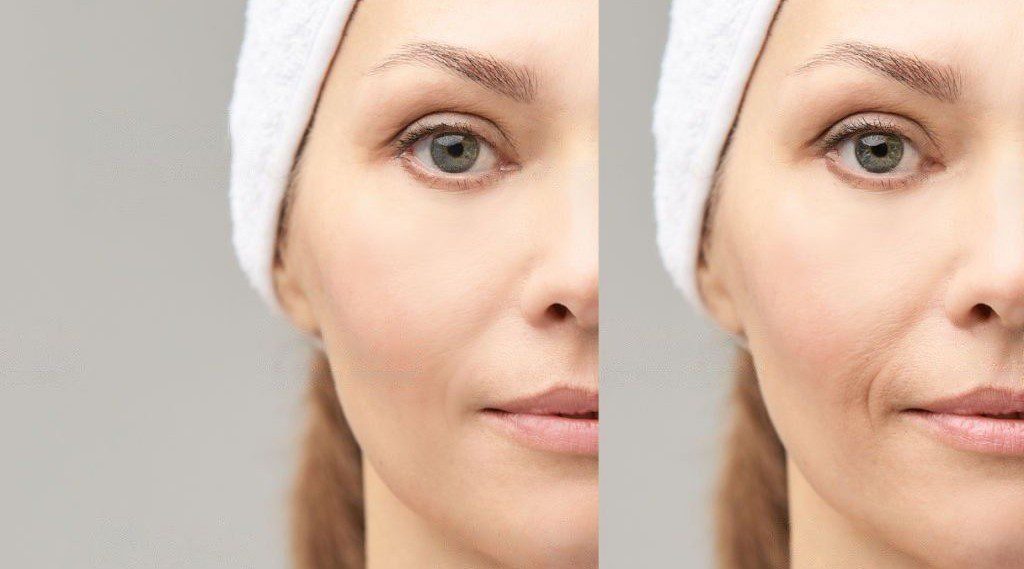Hyperpigmentation - Treatment, Causes, and Types

Hyperpigmentation is a prevalent issue where certain skin areas darken compared to their neighboring regions. This term encompasses various conditions characterized by enhanced skin pigmentation, with several of them appearing quite similar. Thus, identifying the exact condition is crucial for effective treatment. While both genders can experience this, it seems to be more prevalent in women, possibly due to hormonal fluctuations.
What is Hyperpigmentation?
Hyper means more, and pigment means color. So when one area of skin is darker than the surrounding, it’s called hyperpigmentation. It happens because of high production of melanin in that specific area. It can appear as brown, black or grey. Hyperpigmentation can be localized such as freckles, melasma and lentigo or it can be generalized that involves the most part of the skin.
Hyperpigmentation Causes:
Many factors can lead to hyperpigmentation including: Genetics, sun exposure, hormonal changes e.g pregnancy, contraceptive pills or IUDs, thyroid disorders, adrenal disorders and addison’s disease, photosensitive medications e.g tetracyclines, skin diseases e.g acne and dermatitis, skin injuries e.g scratches and burns, vitamin deficiency e.g B9, B12.
Common Types of Hyperpigmentation
Age spots:
They are also called lentigo. These patches appear usually after age 35 and the other common reason is intermittent sun exposure. Laser is the choice treatment for such spots.
Melasma:
This disorder appears commonly on the face. It’s also referred to as a mask of pregnancy because it’s sometimes triggered by hormonal changes in pregnant women. Melasma may last for several years if left untreated.
Post-inflammatory:
It is called PIH and it happens particularly in darker skin types when there is irritated/inflamed or burned skin. Acne, dermatitis and lichen planus are common diseases that can cause PIH.
Hyperpigmentation Treatment Options:
Hyperpigmentation treatment depends upon many factors like diagnosis, skin type and previous treatment history. Combination of different treatments can increase the success rate since no single treatment can ensure 100% efficacy. Topical creams with hydroquinone, vitamin C, tretinoin , azelaic acid, arbutin, kojic acid etc, chemical peel, mesotherapy, Intense Pulse Light (IPL/BBL), lasers are the available treatment options for hyperpigmentation.
Home Remedies for Hyperpigmentation
There are several ways that can be helpful to treat hyperpigmentation at home. Topical application of apple cider vinegar, aloe vera, green tea, turmeric, licorice, orchid extracts, tomato paste are few of the options with reported successful results.
Preventing and Managing Hyperpigmentation
A strict sun protection and long term treatment considerations are the key points to ensure results. Apart from this; patience, consistency and adherence to preventive & therapeutic guidelines play the most crucial role in successful treatment of hyperpigmentation.
Hyperpigmentation FAQs
Does hyperpigmentation go away?
The answer is yes but not always and may not go away completely because successful hyperpigmentation treatment depends upon many factors and every individual responds differently.
What triggers hyperpigmentation?
Sun exposure, hormonal changes, vitamins deficiency and rubbing/friction can make hyperpigmentation worse.
How do you get rid of hyperpigmentation?
Addressing hyperpigmentation starts by determining the root cause of these darkened areas. By addressing the source, many marks may fade naturally and you can deter the emergence of new ones. Prioritizing sun protection is essential for effective results. Additionally, selecting appropriate treatment methods, grounded in an accurate diagnosis, is crucial for diminishing or eliminating hyperpigmentation.
Most Popular:
-

Sciton HALO vs Sciton BBL
Read More »September 20, 2022 -

What is profhilo, and how is it different from fillers?
Read More »September 20, 2022 -

Body contour solutions from SKIN111
Read More »September 20, 2022 -

Does IV GLUTATHIONE therapy work
Read More »September 20, 2022 -

How can an IV drip help you boost your energy
Read More »September 20, 2022